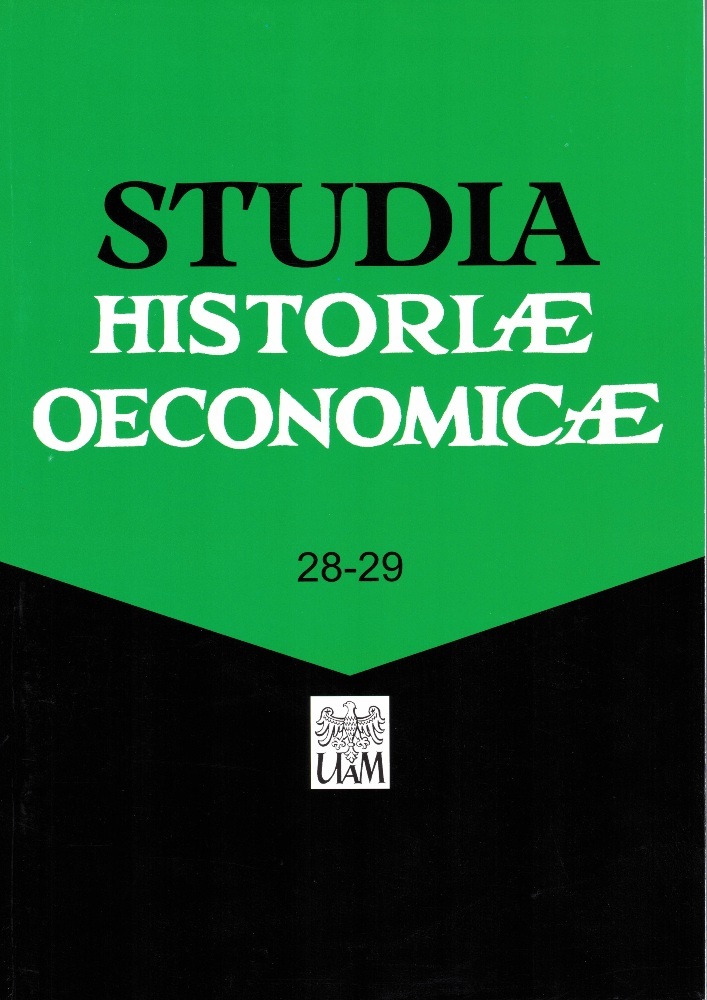Abstract
Examples of post-socialist countries show that in a short time the private ownership rights could be recreated. But it does not mean creation of effective agricultural structures. In general the privatization action was based on the liquidation of the states possession and states farms and defining the rules of functioning of the private possession. Destructuralisation action were usually provided without planned strategy changes and without discernment possible consequences. Assumptions, which were established in the initial period of ownership transformation, which tended towards creating powerful economic units in agriculture were not executed at the full. The reprivatisation activities brought to the significant distribution of structures and creating dual arable structure. On the one hand, the group of powerful economic units was established. On the other hand, the large group of croft farms were created and in the near future a lot of them will be probably liquidated.
References
‘Act of the Republic of Lithuania No 1-354 of 23 December 1993 on land lease‘, Kurier Wileński [The Vilnius Courier]. Polish version published 26 January 1994 (Polish text of the act on the course of land lease published Kurier Wileński, 7 May 1994).
Bandlerová, A., Laziková, J. and Rumanovská, L. (2005) Agricultural Land Tenure – the Case of Slovakia. Nitra: Faculty of European Studies and Regional Development, Slovak University of Agriculture, typescript.
Burant, S.R. (1993) Problematyka wschodnia. Studium porównawcze stosunków Polski z Litwą, Białorusią i Ukrainą. Warszawa: Polski Instytut Spraw Międzynarodowych.
Locmers, M. and Jankava, A. (2001) ‘Консолидация земель и её место в системе землеустроительных мероприятий Латвии’ [‘Land consolidation and its place in the system of land management activities in Latvia’] in Land Reform and Land Management ’01. Kaunas–Akademija: Lithuanian University of Agriculture, Department of Land Management.
Palabinska, A. (2001) ‘Динамика распределения земельного фонда Латвии по целям пользования и формам собственности’ [‘Dynamics of the Distribution of Latvia's Land Fund by Use Purposes and Forms of Ownership’] in Land Reform and Land Management ’01. Kaunas–Akademija: Lithuanian University of Agriculture, Department of Land Management.
Rahnu, M. (2001) ‘10 Years of Land Private Ownership in Estonia’, in Land Reform and Land Management ’01. Kaunas–Akademija: Lithuanian University of Agriculture, Department of Land Management.
Sienkiewicz, J. (1999) ‘Republika litewska. Tradycje Wielkiego Księstwa Litewskiego czy Litwy Kowieńskiej’, in Bobryk, A. and Jaroń, J. (eds) Polskie odrodzenie na wschodzie. Materiały z międzynarodowej konferencji naukowej nt. „Polacy w procesie transformacji systemowej i ustrojowej krajów byłego Związku Radzieckiego” zorganizowanej w Siedlcach 16 listopada 1998 roku. Siedlce: Katedra Filozofii i Socjologii Akademii Podlaskiej, pp. 43–63.
Tóth, Zs., Fekete, M. and Szűcs, I. (2004) ‘Land Market, Prices and Rent in the Agricultural Instead of CEECs’, Roczniki Naukowe Stowarzyszenia Ekonomistów Rolnictwa i Agrobiznesu, 6, pp. 79–83.
Vinogradov, S. (2003) A magyar termőföld-piac. Szent István Egyetem, typescript.
Virma, F. (2001) ‘О состоянии сельскохозяйственного землепользования в Эстонии’ [‘On the state of agricultural land use in Estonia’] in Land Reform and Land Management ’01. Kaunas–Akademija: Lithuanian University of Agriculture, Department of Land Management.
Zadura, A. (2005) Zarządzanie gruntami rolnymi w krajach Europy Środkowo-Wschodniej. Series Ekonomiczne i Społeczne Uwarunkowania Rozwoju Polskiej Gospodarki Żywnościowej po Wstąpieniu Polski do Unii Europejskiej. Program wieloletni 2005–2009, 6. Warszawa: Instytut Ekonomiki Rolnictwa i Gospodarki Żywnościowej, Państwowy Instytut Badawczy.
Żemesūkio politikos apžvalga. Lietuva, Bandradarbiavimas su Pereinamojo Laikotarpio Kraštų Ekonomikos Centras (1996) Paryžius–Vilnius.
SummaryReport2005.MinistryofAgricultureoftheCzechRepublic, http://www.mze.cz/en/OutSide.aspx?ch=73&typ=l&val=711&ids=0,p.12. Accessed 10 February 2007.
License
Copyright (c) 2011 Adam Sadowski

This work is licensed under a Creative Commons Attribution-ShareAlike 4.0 International License.




